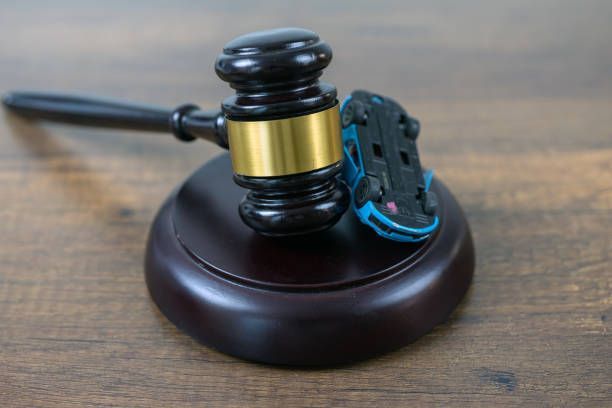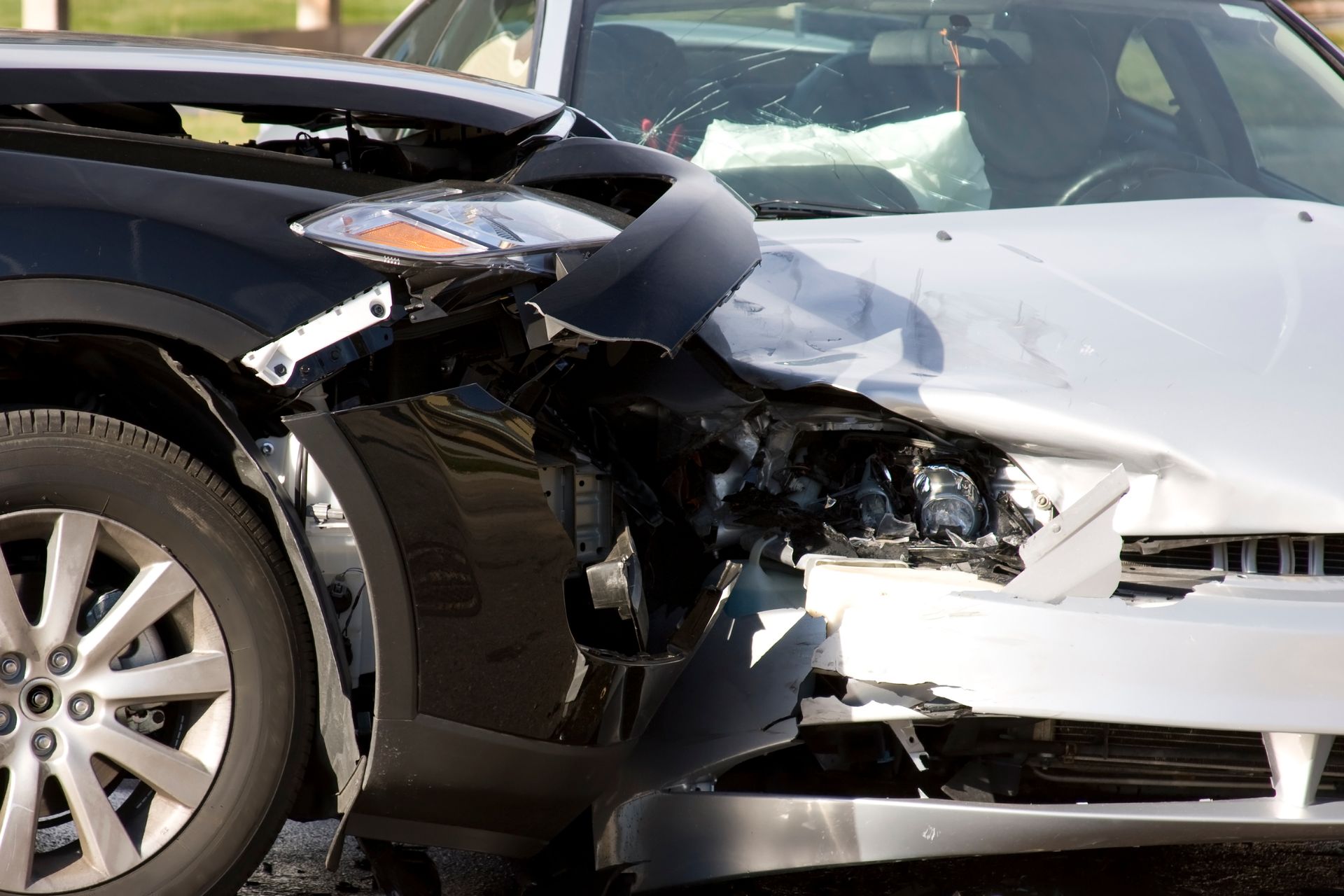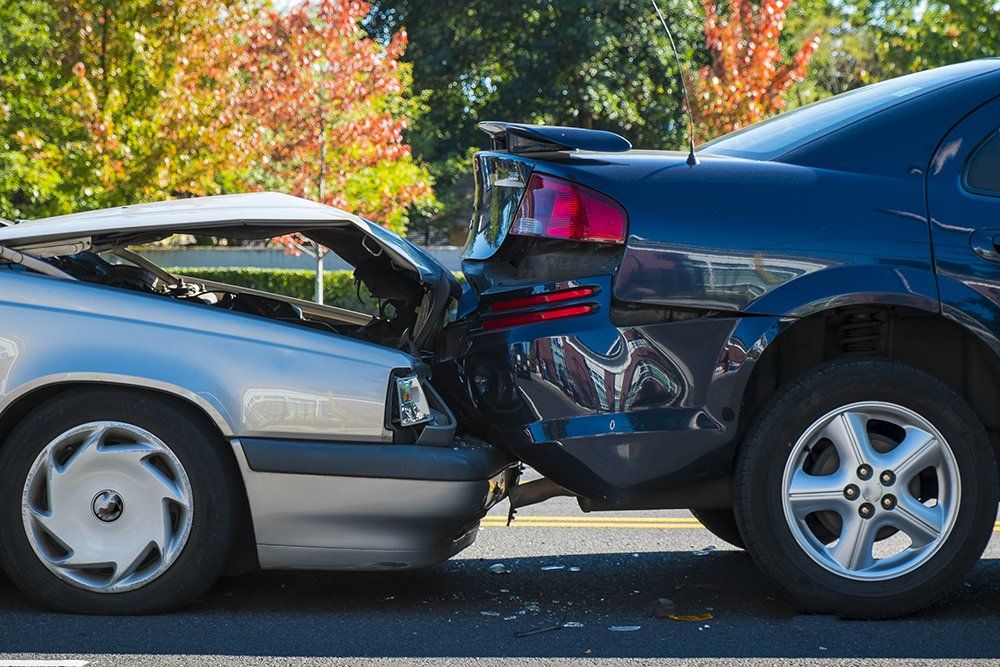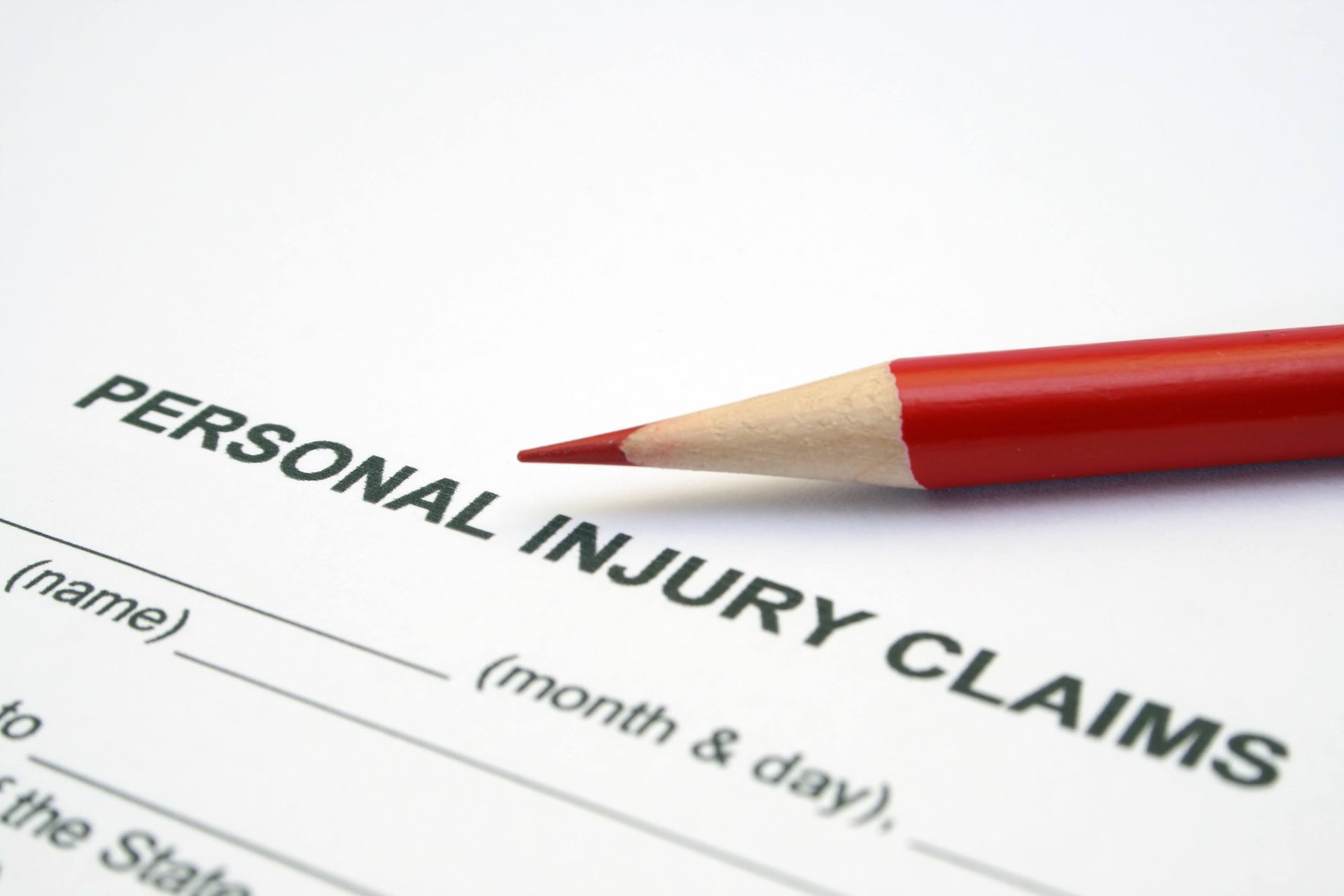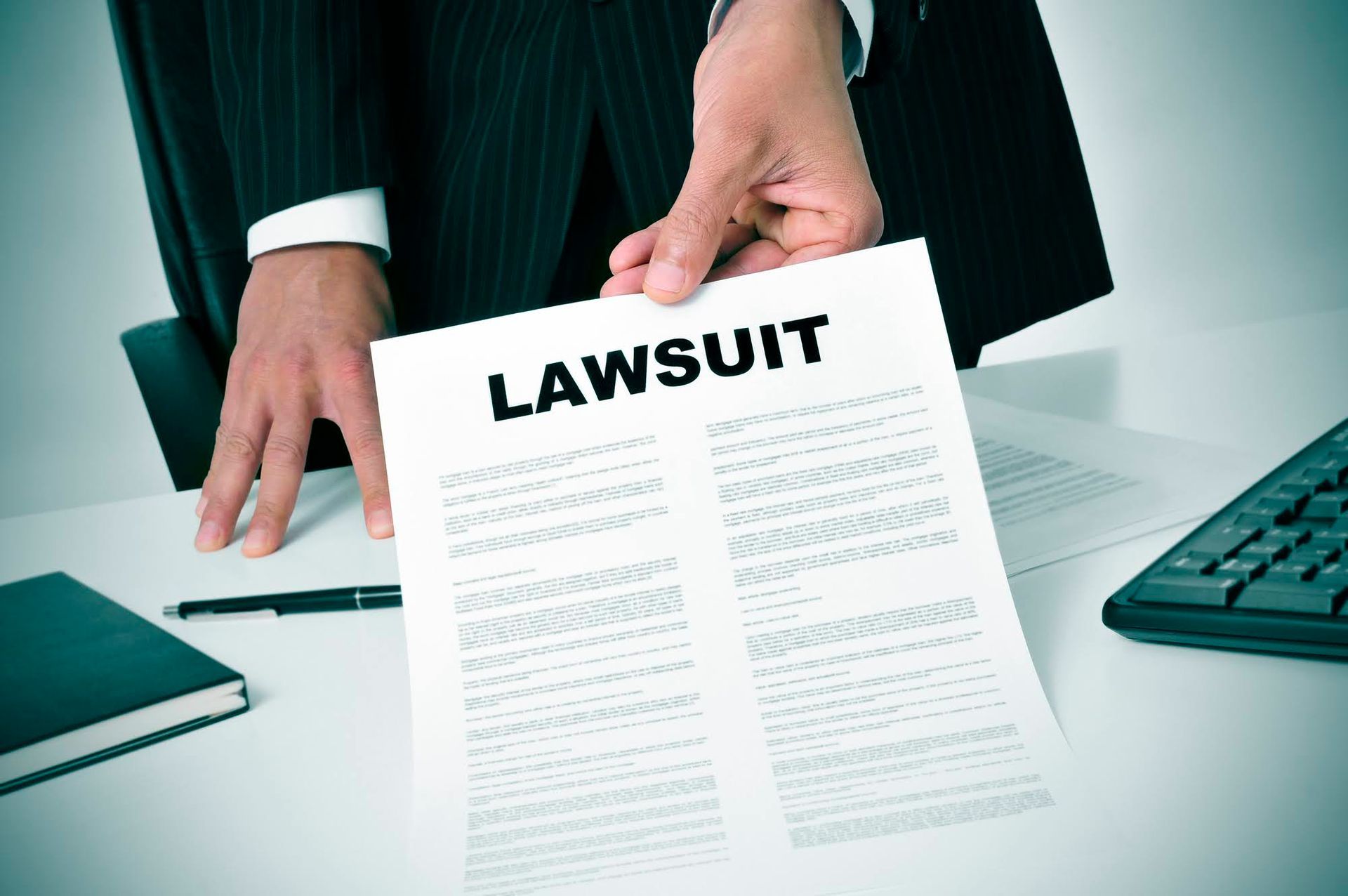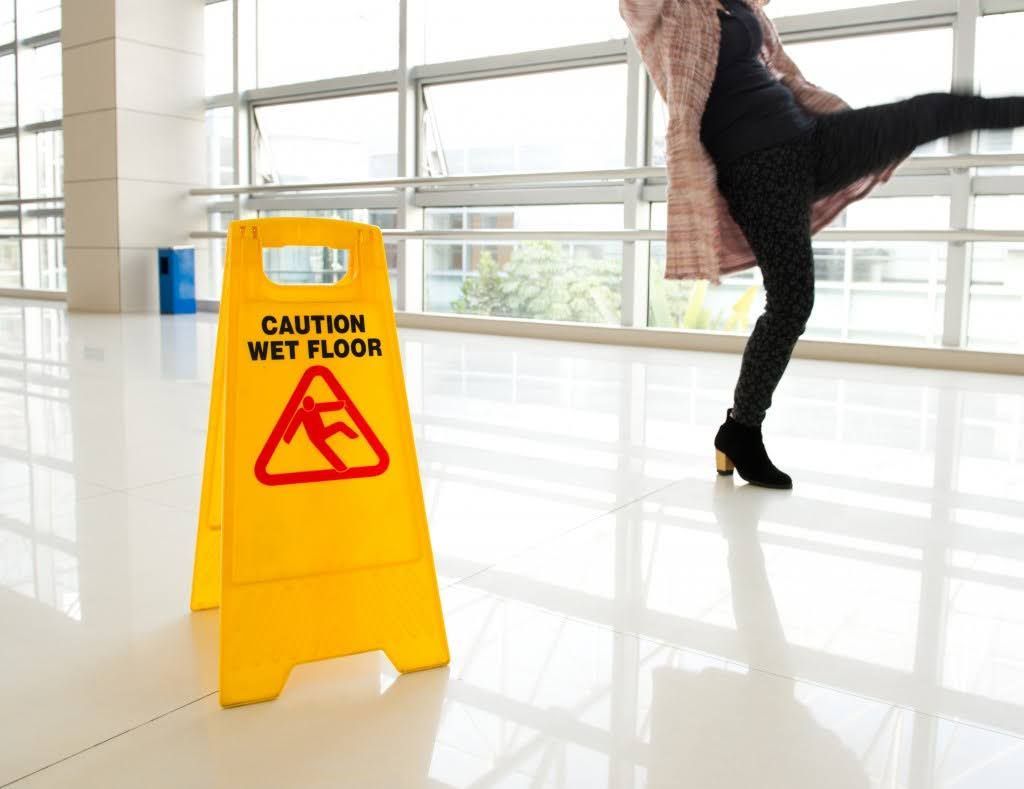Tips to Avoid and Manage Skidding

A car skids if its tires lose their grip on the road. The loss of tire grip causes the car to move in directions other than the steering direction, which increases the risk of an accident. For example, your car can drift onto the path of oncoming traffic and result in a head-on collision. Below are some tips to avoid and deal with skidding.
Prevention Tips
The best way to avoid skidding-related accidents is to avoid skidding altogether. Use the following tips to prevent skidding.
Slow Down If Necessary
The risk of skidding increases with speed. Speeding coupled with dangerous road surfaces and conditions increases the risk of skidding even further. For example, friction between the road's surface and the tires decreases if the road surface is slippery. The reduced friction increases the risk of skidding. Thus, you should slow down during rainfall, snowfall, or anytime the road is wet.
The risk of skidding is also higher when you drive around curves compared to straight roads. Again, coupling speed and curvy roads increases the risk even further. Thus, you should also slow down whenever you drive around curves.
Accelerate and Decelerate Gradually
Fast acceleration or deceleration reduces traction between the tires and the road. Allow ample time to reach your desired speed and ample braking distance. Avoid circumstances that force you to brake suddenly. For example, you should not tailgate other cars since they might force you to slam the brakes and skid if they stop without warning.
Avoid Sharp Wheel Turns
Yanking the wheels sharply to either side can also cause the car to skid. Execute gentle turns to reduce the risk. For example, you should stay as close to the centerline as possible on winding roads. Staying close to the centerline reduces the turning angles and your skidding risk.
Ensure Tires Have Adequate Tread
Adequate tire treads mean water can accumulate between the grooves, but the tires still maintain their grip on the road. Use the correct tires for each season. You should especially ensure that your winter tires have adequate tread since the skidding risk increases during the winter when road surfaces become slippery.
Management Tips
Skidding does not always result in an accident. You can control the skid and regain control of the car if you know what to do and act fast. Below are some tips to help you manage a skid and stay safe.
Ease Off the Gas Pedal
Don't accelerate if your car starts to slide. Acceleration will only worsen the skid and cause the car's complete loss of control. In fact, you should ease off the gas pedal completely.
Don't Brake
Your first instinct might be to slam the brakes if the car begins to skid. Unfortunately, just as acceleration would, sudden braking will just worsen the skid. If you have to brake (for example, to avoid hitting something), do so gently.
Steer to the Skid's Direction
Don't turn the steering wheel in the opposite direction to avoid a skid. Such a move won't rectify the skid. In fact, you might worsen the loss of control and cause the car to drift further or even flip over if you are at high speed.
Instead, steer the car gently in the same direction as the skid. Do that to gain time to regain control of the car. Start to straighten the wheels gradually and straighten the car’s trajectory once you regain its steering control.
Unfortunately, you might get into an accident despite your best efforts. For example, other motorists might skid and drift into your car. Get prompt medical care, preserve evidence of the crash, and contact Higinbotham & Higinbotham, PLLC, if that happens. We will review the circumstances of the crash and help you get compensation for your damages.
